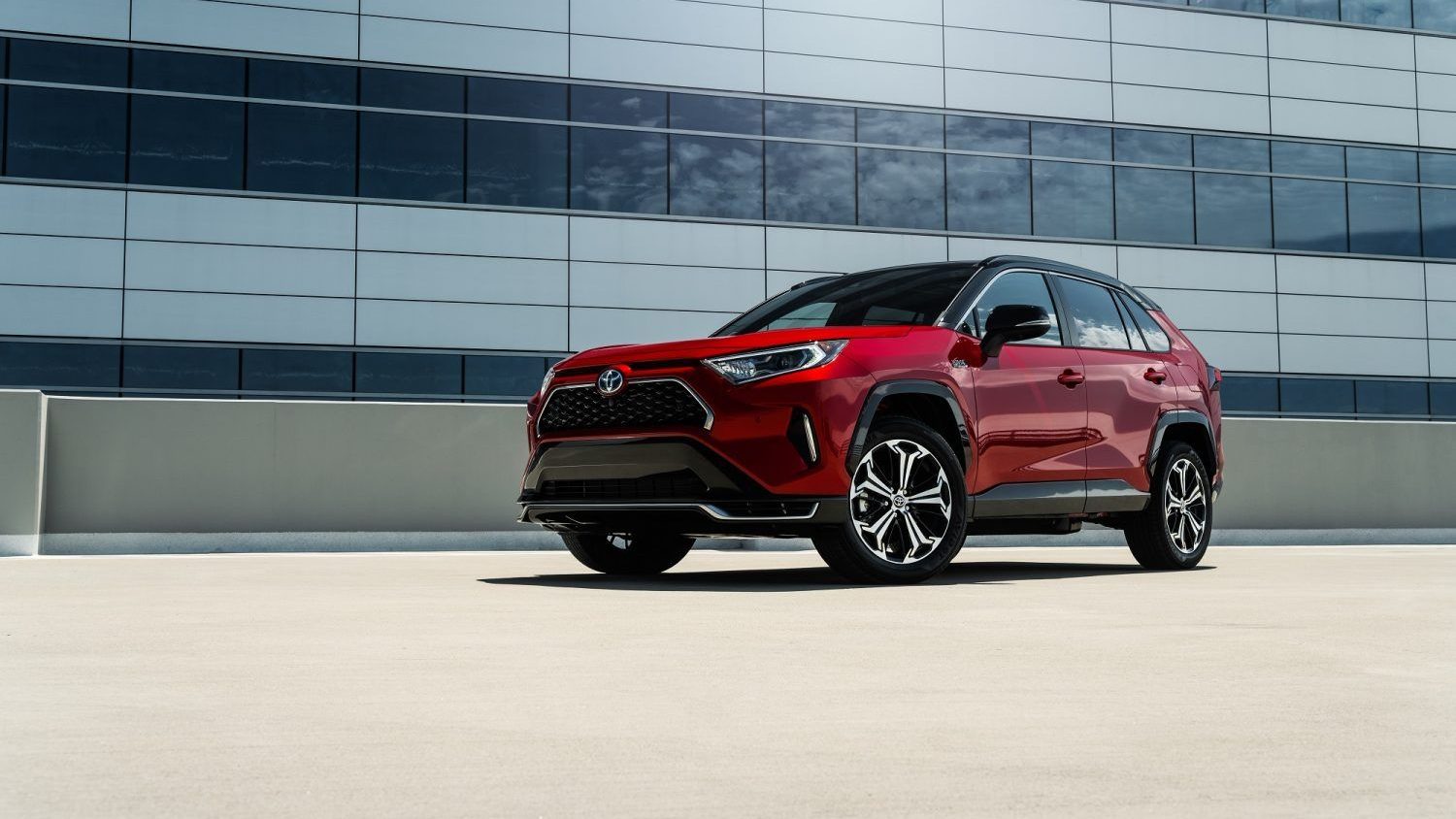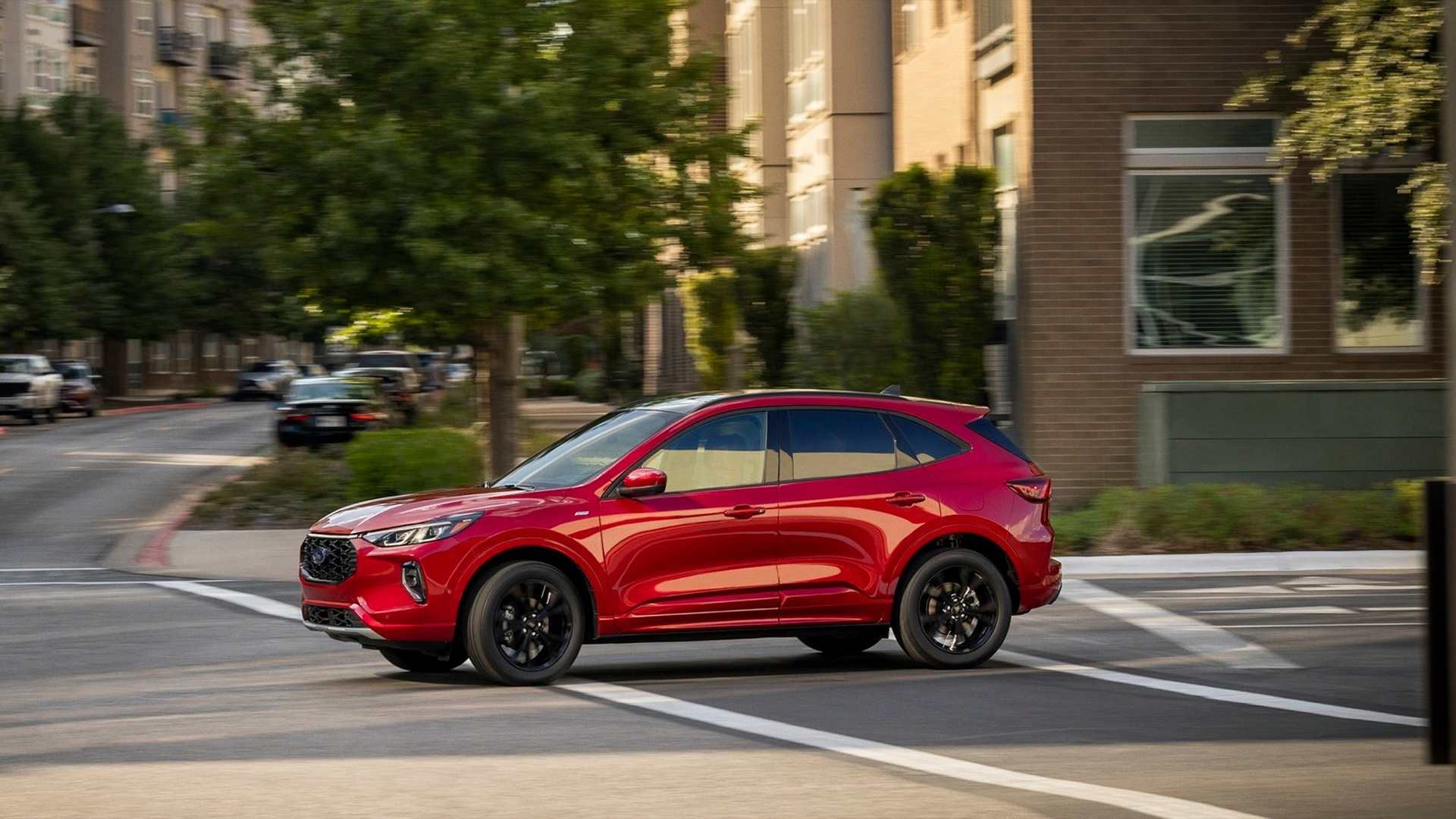It would involve Fiat acquiring up to 35% of Chrysler in return for product and platform sharing, technology sharing, and access to international markets. As complex and far-reaching as the deal appears, Fiat CEO Sergio Marchionne has told the Wall Street Journal that it could be completed in time for Chrysler’s viability presentation to Congress that is currently scheduled for February 17.
Marchionne said management was still analyzing Chrysler's vehicle production operations and will soon turn to studying its finances. The Fiat CEO also reiterated that no significant exchange of cash would take place under the deal.
If everything goes to plan, the first Fiat Group models, such as the Fiat 500 minicar, could be on sale in the U.S. in just one year’s time, while more compact and fuel-efficient Fiat vehicles could begin rolling out of Chrysler plants by the middle of 2011. According to insiders, seven different Fiat Group vehicles would be brought to the U.S. market under the deal – four sold under the Chrysler brands and three as Fiats or Alfa Romeos.
Fiat would also eventually build the 500 and one or two Alfa Romeo models at Chrysler assembly plants, Marchionne said. Fiat would cover the cost of adding those models to the plants, but Chrysler would have to finance tooling and development work to build cars, engines and transmissions for its brands.
It is not just a one way street as Marchionne also revealed that Fiat could benefit from Chrysler’s LX RWD platform - currently underpinning cars like the Chrysler 300 and Dodge Charger – by using it for its own large luxury-performance vehicles.


